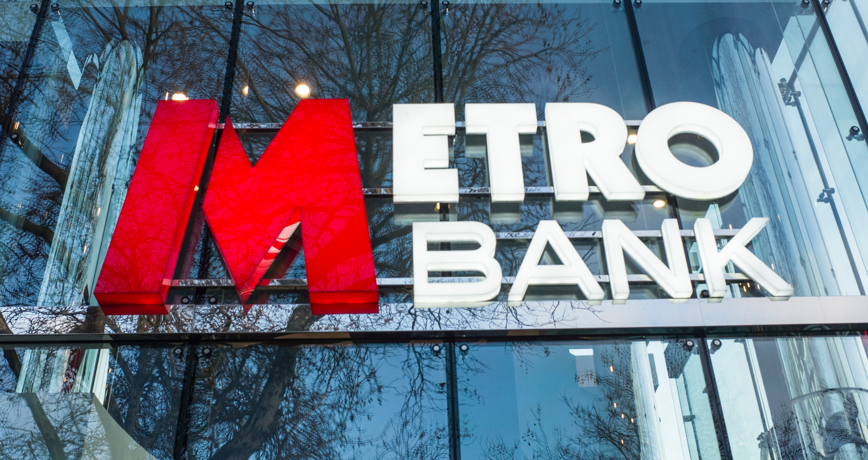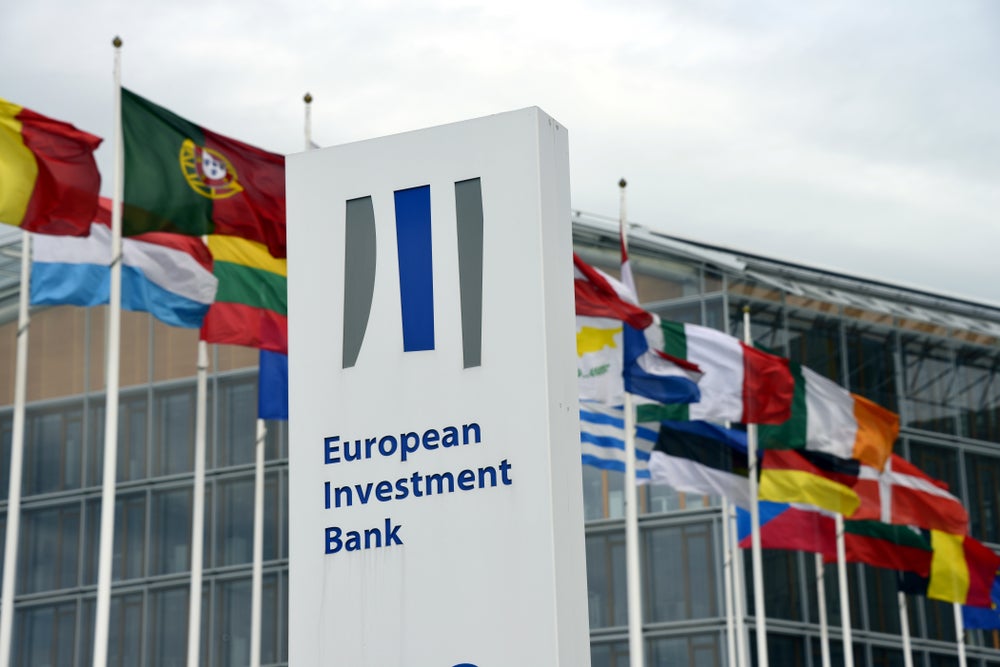While risk-obsessed large funders are signing less and
less mid-ticket business, the opposite appears to be the case with
small funders. Peter Hunt reports.
Maybe it is the end of the
recession, or maybe it is just that bank-owned, tier 1 funders are
making less capital available and increasing their underwriting
criteria or focusing more on customers of their parent bank.
Nonetheless, smaller funders are still reporting a recent upturn in
business in the £10,000-£100,000 (€11,400-€114,000) ticket
size.
According to Arkle executive director Stephen
Bassett, demand appears to moving ahead of supply. As a general
lender, Bassett has experienced an upturn in demand through his
broker network, covering a wide range of asset classes ranging from
the implementation of new IT systems through to gym refurbishments
and new shop fit-outs.
Reflecting on economic data such as the
Institute of Supply Management’s Purchasing Managers Index (PMI)
which has shown a material upturn in recent months, Bassett
believes that more companies are coming back into the market for
replacement assets, having fully extended the useful life of their
current capital assets.
‘Much more positive’
How well do you really know your competitors?
Access the most comprehensive Company Profiles on the market, powered by GlobalData. Save hours of research. Gain competitive edge.

Thank you!
Your download email will arrive shortly
Not ready to buy yet? Download a free sample
We are confident about the unique quality of our Company Profiles. However, we want you to make the most beneficial decision for your business, so we offer a free sample that you can download by submitting the below form
By GlobalDataThese views were reinforced by
another independent lessor, who suggested that after a naturally
slow period over Christmas, he was “mildly encouraged” with new
business levels looking “much more positive” in mid-January.
Bassett also indicated that a number of other
funders were gaining confidence. This is a view shared by Keith
Sangwin, ex-sales director at Barclays Asset & Sales Finance.
Sangwin identified “a definite opportunity” made more pronounced by
the market exits of companies such as Bank of Scotland, Yorkshire
Bank and Bank of Ireland, and the retrenchments of others.
Sangwin confirmed, however, that the biggest
issue in the £10,000 to £100,000 market remained the availability
of credit for end-customers, with the likelihood that some demand
would go unfulfilled.

It appears that, on top of the move of large,
bank-owned funders towards serving the needs of parent bank
customers, there has also been a move towards bigger, more secure
businesses that offer a better credit profile in current economic
conditions. As a result, many companies typically using asset
finance in the £10,000 to £100,000 range have been left with much
less funder choice.
This point was reiterated by another bank
lender who made the point that “no major corporates had gone bust”.
While this preserves capital and mitigates some credit risk for
lenders, it also reinforces the scale of the opportunity for a new
player.
“Some people will come in and write some good
business,” Sangwin said.
Bassett said that Arkle was not having to
compromise on its terms and conditions, and the return of better
returns for risk was welcomed by more than one commentator.
Return of customer
confidence
One observation was that more
vendors were approaching brokers to try to arrange vendor
programmes, often having been let down by their existing finance
provider. This seemed to be happening across a range of asset
classes. Moreover, the fact that vendors were making the first
contact to brokers rather than the reverse is a sure-fire sign that
all is not well in the vendor finance space.
On a positive note, Sangwin sees a return of
customer confidence in 2010, with growth in order books and
equipment sales. Some sectors and asset classes were likely to come
out of recession fastest, representing an early win for finance
providers.
The apparent optimism of these seasoned
professionals was tempered by the recognition that impairment is
likely to remain high, not dissimilar to the elevated levels of
2009. While new business prospects grow, the spectre of bad debt
remains evident and underwriting conditions are likely to remain
prudent.
If low conversion rates prevail from this
combination of increasing demand and tight credit requirements,
performance and profitability will suffer. A clear sales focus and
tight messaging to brokers and other introducers, combined with the
monitoring of activity, efficiency and conversions ratios will be
as important as ever.
One interesting factor may the timing of bad
debt. It is often observed that bad debt tends to rise 12-18 months
after deal inception. Assuming prevailing economic conditions will
improve in 2011 and beyond, it may be that some funders miss the
opportunity now to write healthy business in 2010 at relatively
high margins that remains good through its life.
The general view seemed to be that bank-owned
finance providers are unlikely to rush back into the market, and
caution will prevail. While this may be necessary for some, 2010
may be a very good year for others to grow.
The author is a partner at the
consulting and services firm Invigors







